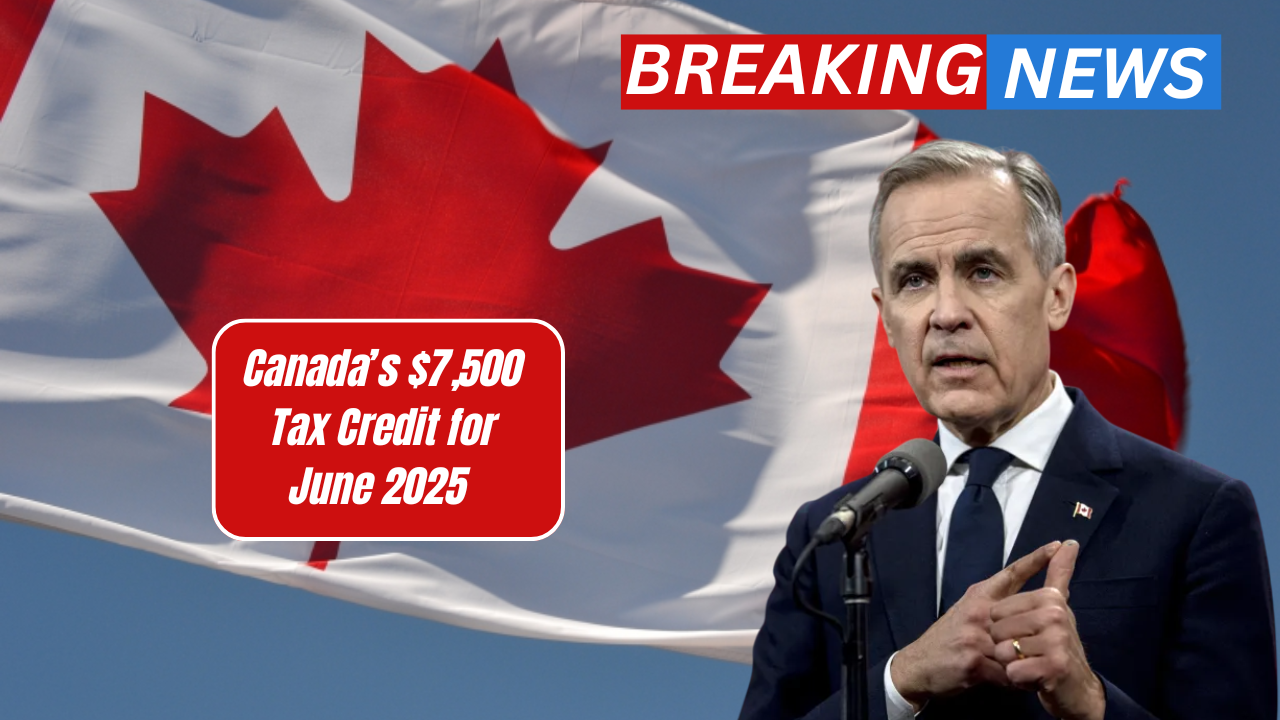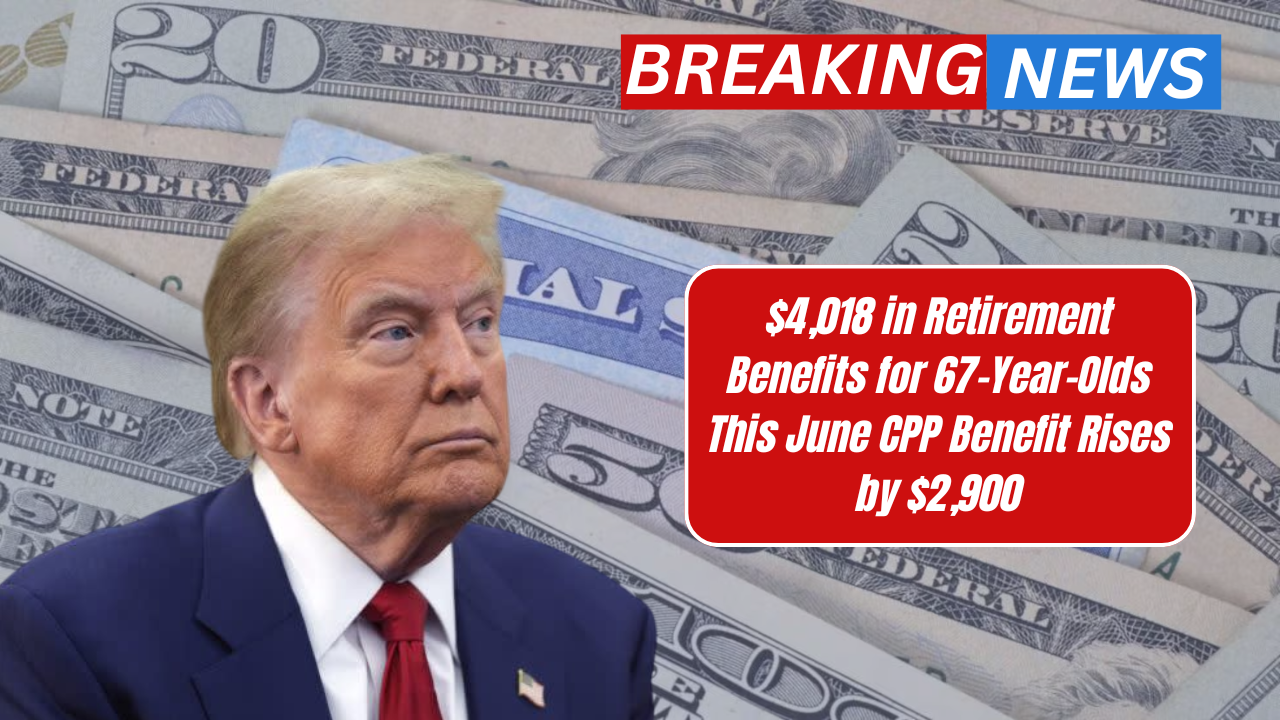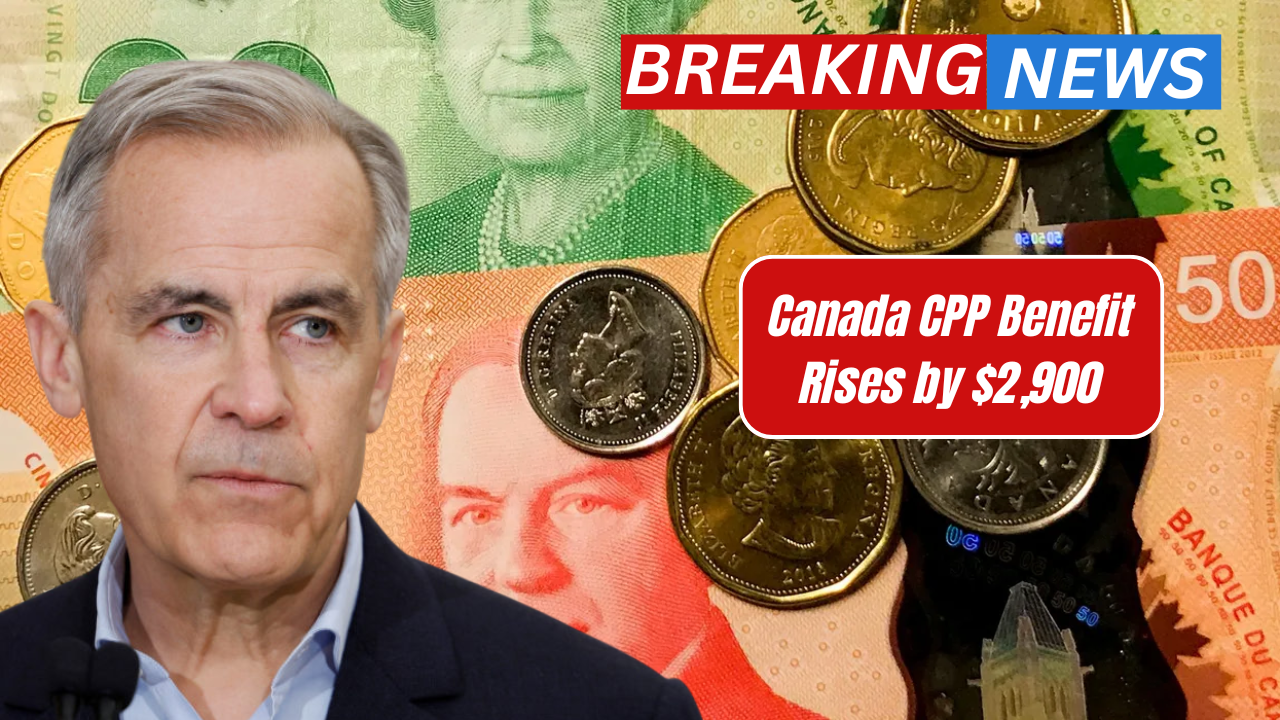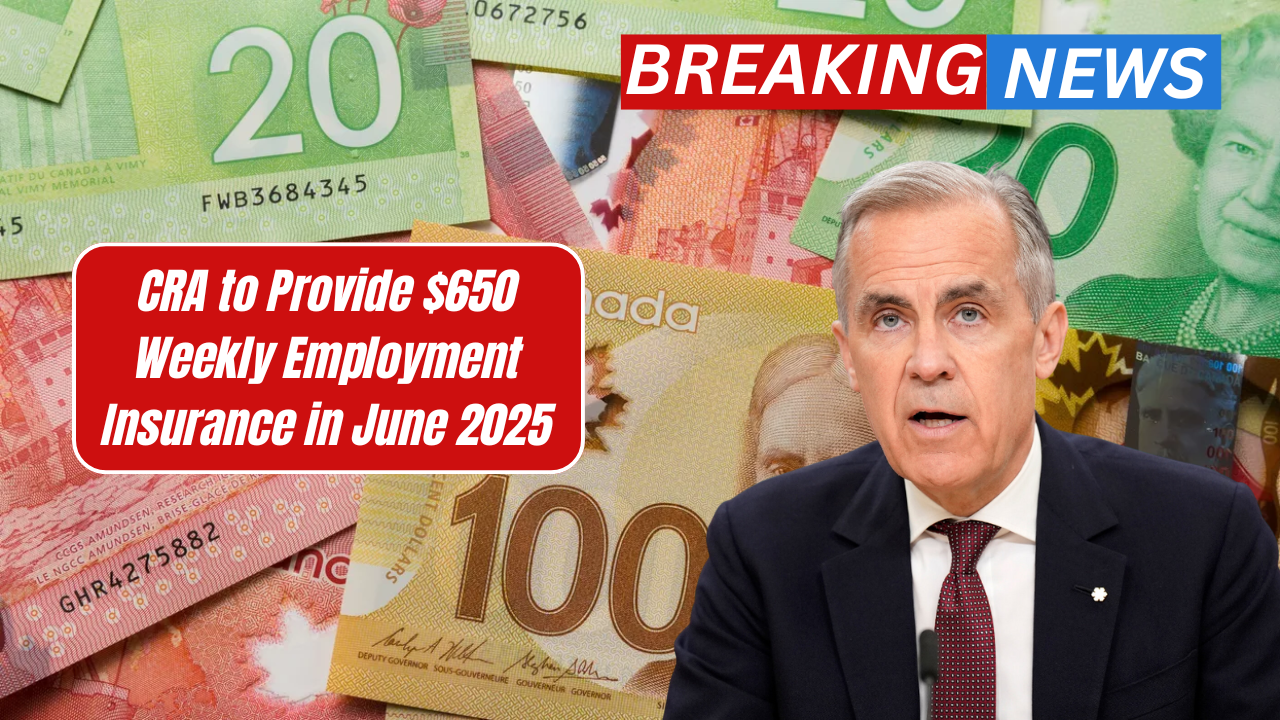In 2025, if you live in the DWP UK and plan your income a little wisely, then you will not pay any tax on income up to £18,570 in a year. Yes, this is not a government scheme and neither do you need to fill any form for this. It is completely based on taking advantage of the three tax exemptions given by the government. Let’s understand in simple language how it works and how you can take full advantage of it.
What is £18,570 tax-free income?
This is not a payment given by DWP (Department for Work and Pensions), but this is the amount that you will earn in the 2025/26 tax year and will not pay tax, if you use the three main tax exemptions correctly. The three allowances are:
- Personal Allowance
- Starting Rate for Savings
- Personal Savings Allowance
These allowances are particularly useful if you are a pensioner, have a part-time job or earn mainly from savings.
Personal Allowance – tax free up to £12,570
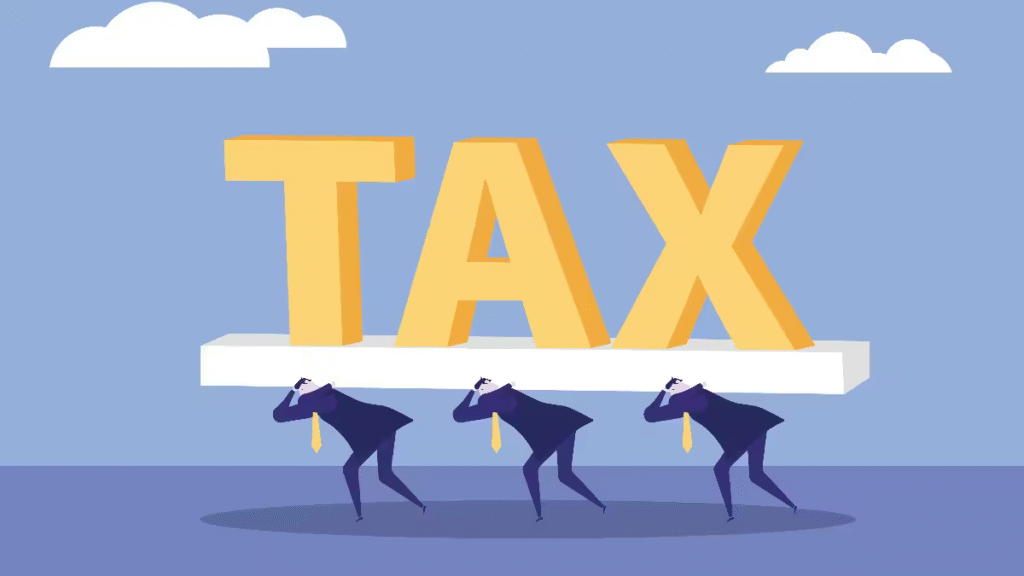
In the UK, individuals do not have to pay any income tax on up to £12,570 a year. This income can be from your job, pension, rental income or some government benefits.
For example, if a retired person’s pension is £11,000 a year, they will not have to pay any tax.
Starting rate for savings – up to £5,000 tax free savings interest
- This allowance is available if your non-savings income (such as pensions, salary etc) is less than £12,570.
- If your non-savings income is £10,000, you will not have to pay any tax on up to £5,000 of interest earned from savings.
Note: if your income is above £12,570, this allowance gradually reduces. For every £1 more in income, £1 is reduced from this allowance.
Example: If your pension is £13,000, you will only get a savings allowance of £4,570.
Personal Savings Allowance (PSA) – up to £1,000 tax-free interest
This allowance is available to people who are basic rate taxpayers (i.e. in the 20% tax bracket). They can get tax relief on up to £1,000 of savings interest a year.
Higher rate taxpayers get this exemption up to £500, while additional rate taxpayers don’t get this exemption. In total, if you are a basic taxpayer and have limited earnings, you can get up to £18,570 in tax-free income using these three allowances.
Who can get the full £18,570 tax-free benefit?
This benefit is only available to people who meet the following conditions:
- You are a UK resident.
- You have non-savings income of £12,570 or less (such as pensions, part-time salary etc).
- Some of your income comes from savings (such as bank interest, bonds).
- You are a basic rate taxpayer (20%).
For whom is this scheme most beneficial?
- Pensioners whose income is low but savings are good
- People doing part-time jobs
- Students who have some interest income from savings
- Freelancers whose income is limited
- Couples whose planning is right
How to make full use of tax-free income?
If you want to take full advantage of this scheme, then keep these simple things in mind:
- Keep track of your income
- Your income can be divided into two parts:
- Non-saving income (such as salary, pension)
- Savings income (such as bank interest)
According to this, you will be able to understand which allowance applies where.
Use an ISA (Individual Savings Account)
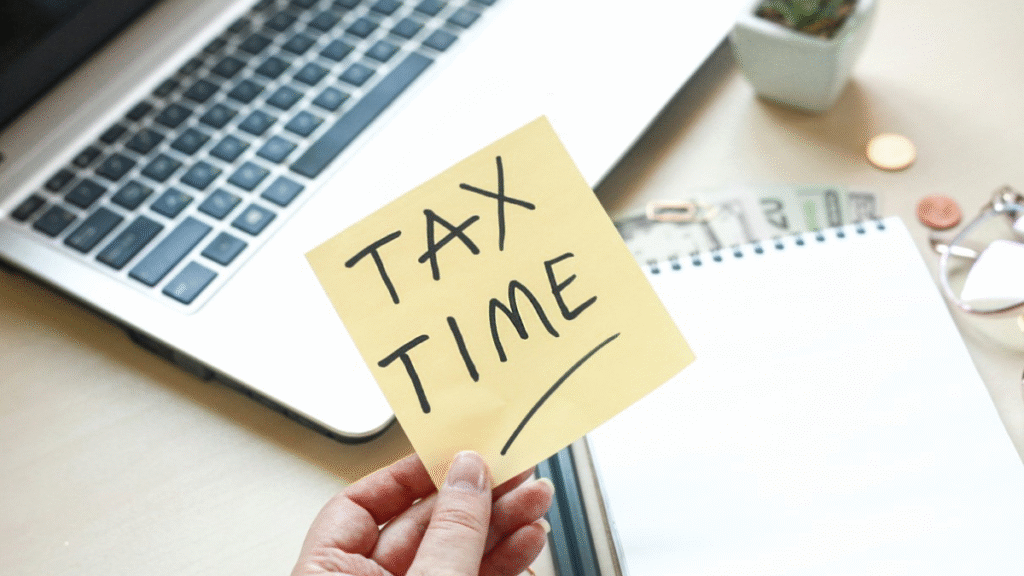
An ISA is a scheme that allows you to earn interest on savings of up to £20,000 a year and it is completely tax-free. This exemption is in addition to the £18,570 allowance mentioned above.
Plan as a couple
If you are married or in a civil partnership, you can both take advantage of your own allowance. This means a couple can earn up to £37,140 tax-free if the right planning is done.
Use HMRC’s free tools
You will find a tax calculator on the HMRC website to check how much tax you can save or how much tax you need to pay.
Take advice from a tax or financial adviser
If you have multiple sources of income or you don’t understand your tax code, see a good tax adviser. They can structure your income properly so that you can save as much tax as possible legally.
Conclusion:
Many people pay tax without realising it, when they could easily be earning thousands of pounds in income tax-free. If you are a pensioner, have a part-time job or have income from your savings, this could be a very lucrative opportunity in 2025. Pay attention, plan wisely, and make the most of these government benefits — to help you keep more money in your pocket and cut your taxes.
FAQs
1. What is the £18,570 tax-free income offered by DWP in 2025?
This refers to the total amount a person can earn tax-free under DWP-related benefits, allowances, and income support schemes combined in 2025.
2. Who is eligible to receive this tax-free income?
Eligibility depends on your age, employment status, benefits received (such as Carer’s Allowance, PIP, Universal Credit), and whether you’re under the income threshold
3. Is this amount available to everyone in the UK?
No, it is primarily available to low-income earners, pensioners, carers, and those receiving certain DWP-administered benefits. Income limits and criteria apply.
4. What benefits are included in the £18,570 tax-free total?
It may include Personal Allowance (from HMRC), Carer’s Allowance, Personal Independence Payment (PIP), and some income-related DWP benefits.
5. Do I need to apply separately for this tax-free income?
You don’t apply for a tax-free limit. Instead, you apply for individual benefits. If your income stays within the threshold, it remains tax-free.



